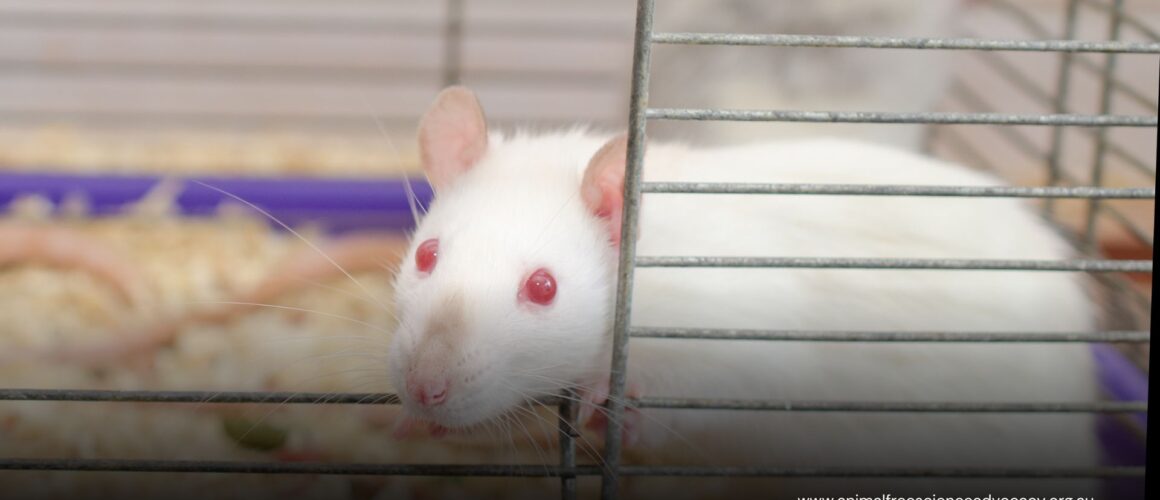Chan, J.G.Y., Tyne, A.S., Pang, A., McLachlan, A.J., Perera, V., Chan, J.C.Y., Britton, W.J., Chan, H.K., Duke, C.C., Young, P.M., & Traini, D. ‘Murine pharmacokinetics of rifapentine delivered as an inhalable dry powder’. International Journal of Antimicrobial Agents. 2015 Mar; 45(3): 319-23. doi: 10.1016/j.ijantimicag.
The Experiment
In an attempt to investigate whether an inhalable rifapentine dry powder formulation could assist in treating tuberculosis infection, an unknown amount of female mice (at least six), from 6-8 weeks old, were used in an experiment by the University of Sydney.
The inhalable dry powder was administered to mice by insufflation (whereby the powder is blown into a body cavity). Six mice were then killed by carbon dioxide asphyxiation, were immediately exsanguinated (drained of blood) by cardiac puncture, and had their organs collected.
Relevance to Humans
Mice differ greatly from humans in their anatomy, genetics and metabolism, making them inappropriate for use in studying human disease such as tuberculosis.
“It’s a complete mistake to think they [mice] represent a good model of human disease.”
– Dr Clifton Barry, PhD, who heads the tuberculosis research programme at the National Institute of Health
“Tuberculosis in mice is simply not the same as in humans, as he [Dr Barry] explains. Mice do not cough, nor are they contagious. More importantly when humans breath in the Koch bacillus, it triggers an immune response. White blood cells surround the bacteria and aggregate forming granulomas. The resulting fibrous mass contains the bacilli, but does not kill them. Some 2 billion people on Earth are healthy carriers of the disease. In some cases they ultimately develop the disease, but most them never even find out what they are harbouring. For mice the picture is quite different: there are no healthy carriers and no granulomas. The bacterium attacks the organism, progresses and finally prevails.”
– ‘Mice losing their allure as experimental subjects to study human disease‘, The Guardian, 20 March 2015.
In fact, within their publication the researchers themselves note that the utility of the experiment is questionable because of the uncertainty around extrapolating results from mice to humans, and that the results of studies involving mice were not reproduced in a human clinical trial:
“Although daily oral rifapentine-based regimens resolved LTBI in an infected murine model in just 6–8 weeks, extrapolation of these results to patients is uncertain. Specifically, whilst oral rifapentine also shortened treatment duration in murine models of active tuberculosis (TB) infection, this was not reproduced in a subsequent human clinical trial.”
Given the prevalence of tuberculosis infection among human individuals, one must seriously question why the researchers engaged in this study did not utilise a human sample to conduct this study, and/or advanced human biology-based methods of research, in order for results to be directly relevant to human health outcomes.
Funding:
The experiment received funding from the Australian Research Council (ARC) Discovery Projects funding scheme [project number DP120100251] and the National Health and Medical Research Council (NHMRC) [project grant 101126].
What You Can Do
Please use the form below to tell University of Sydney, how disappointed you are with their use of animals in this experiment. You can use the text provided or compose your own (remember personalised messages carry more weight).
Your message will be sent via email to the Vice-Chancellor.
"*" indicates required fields
